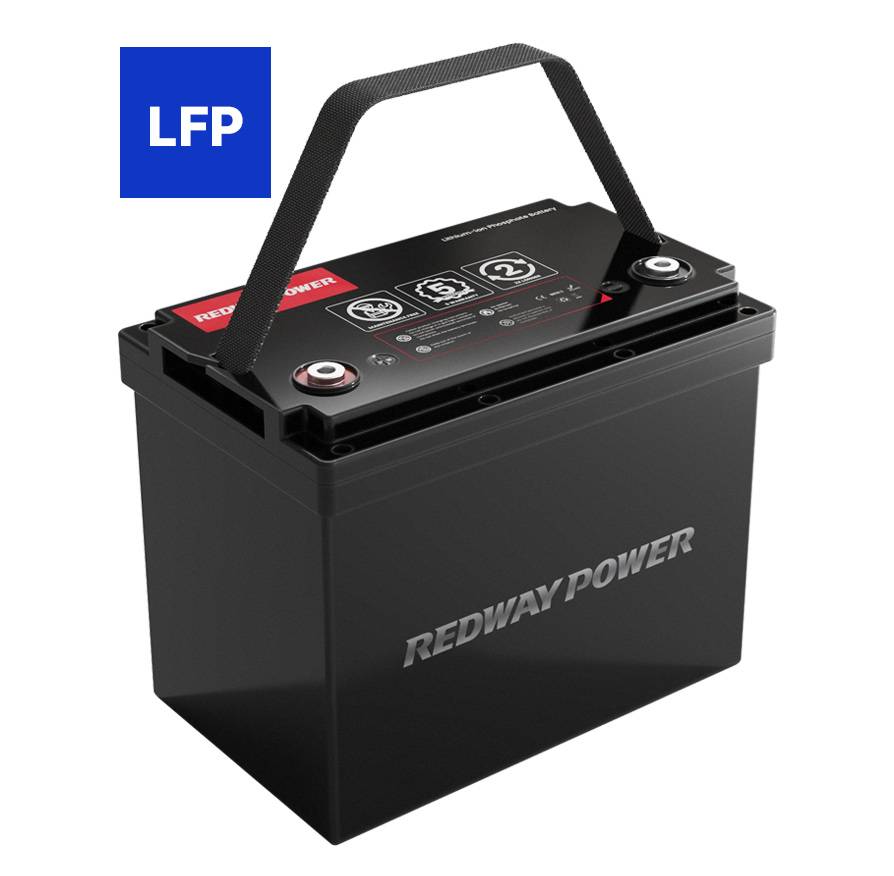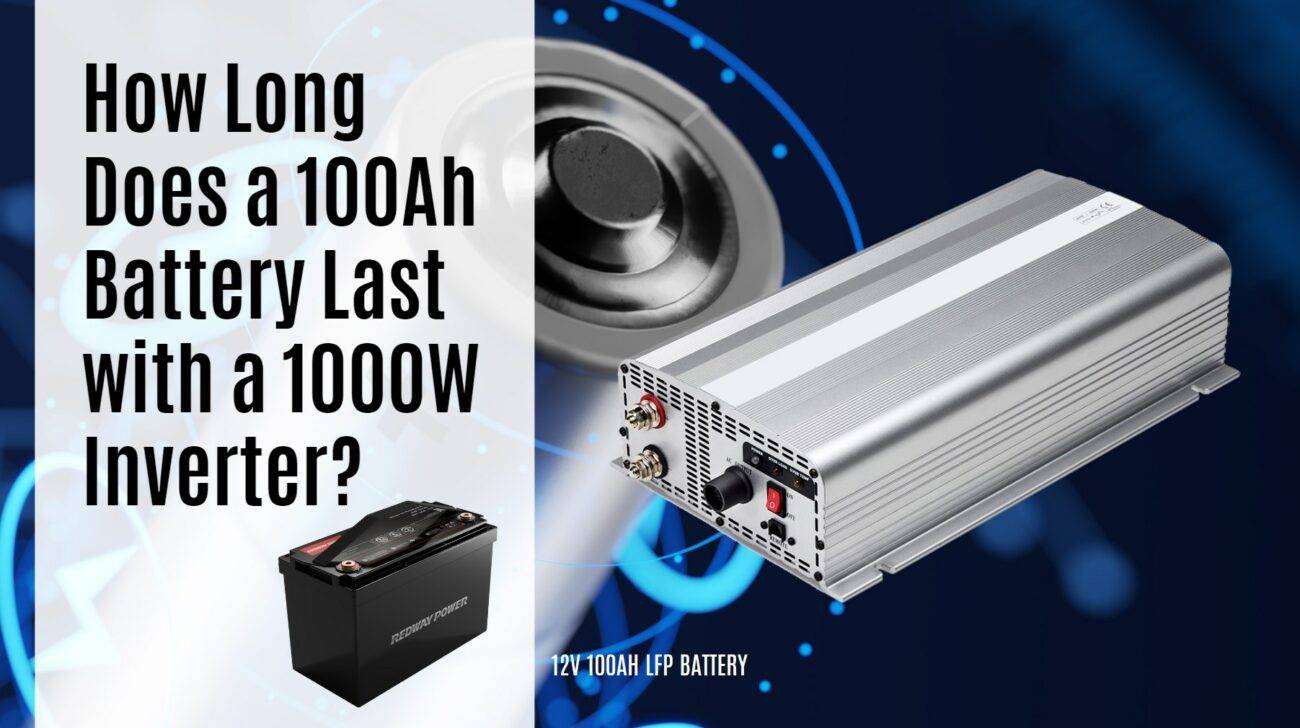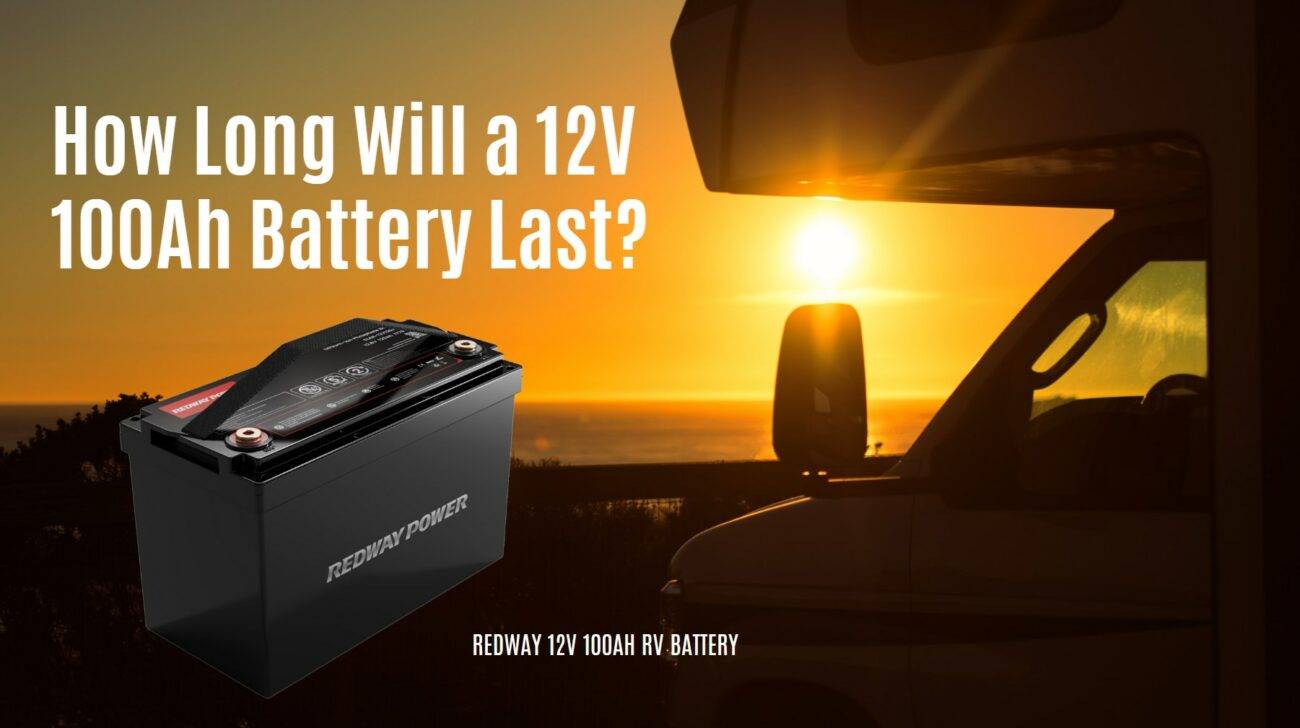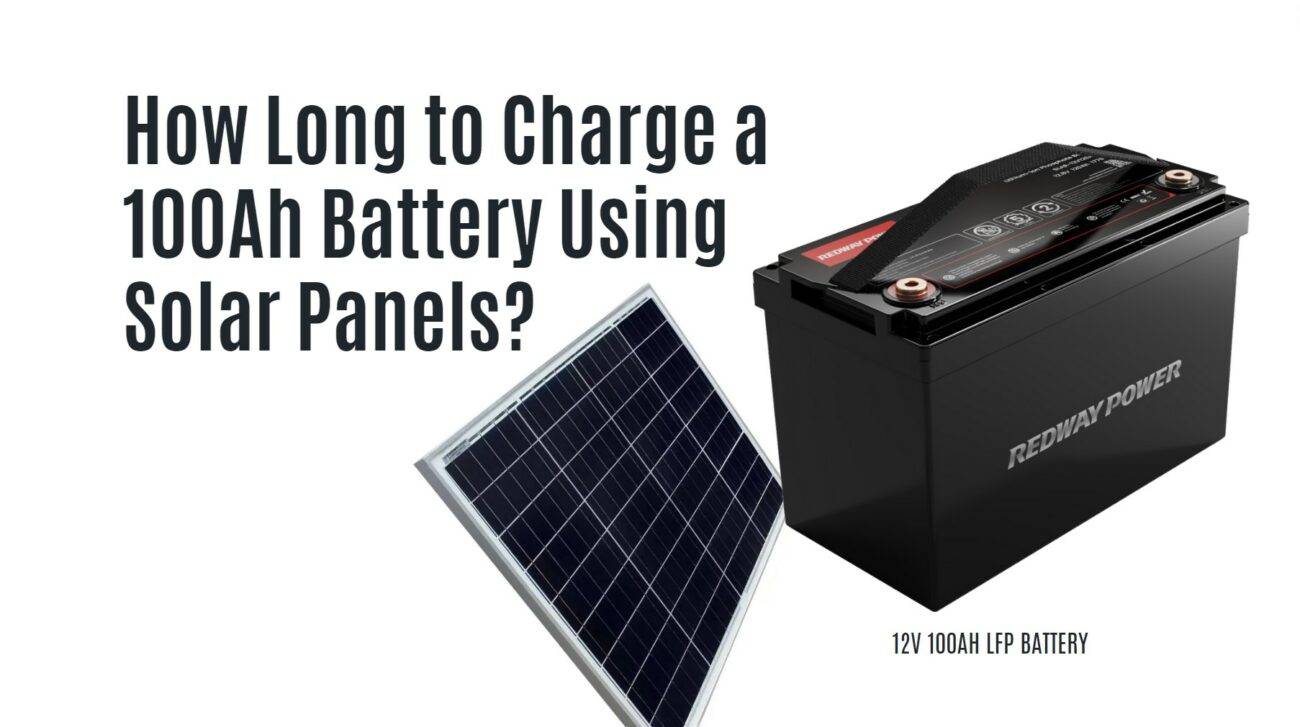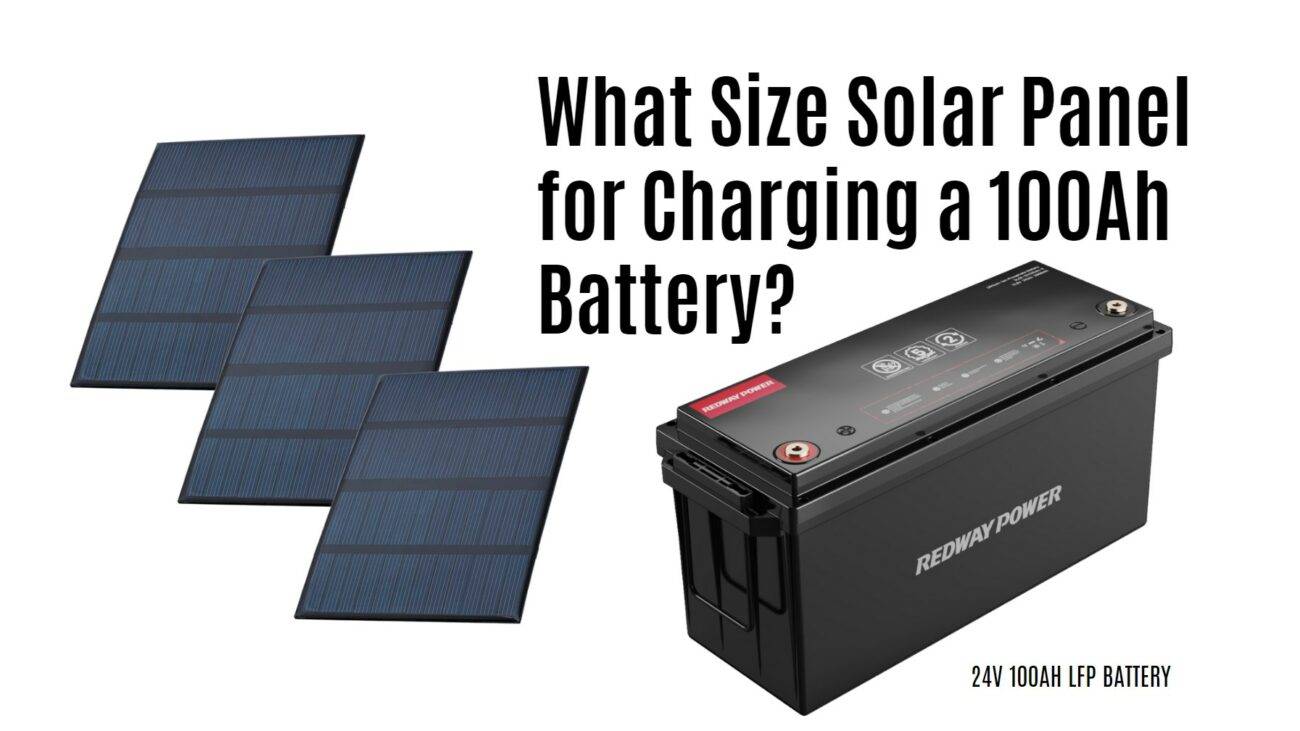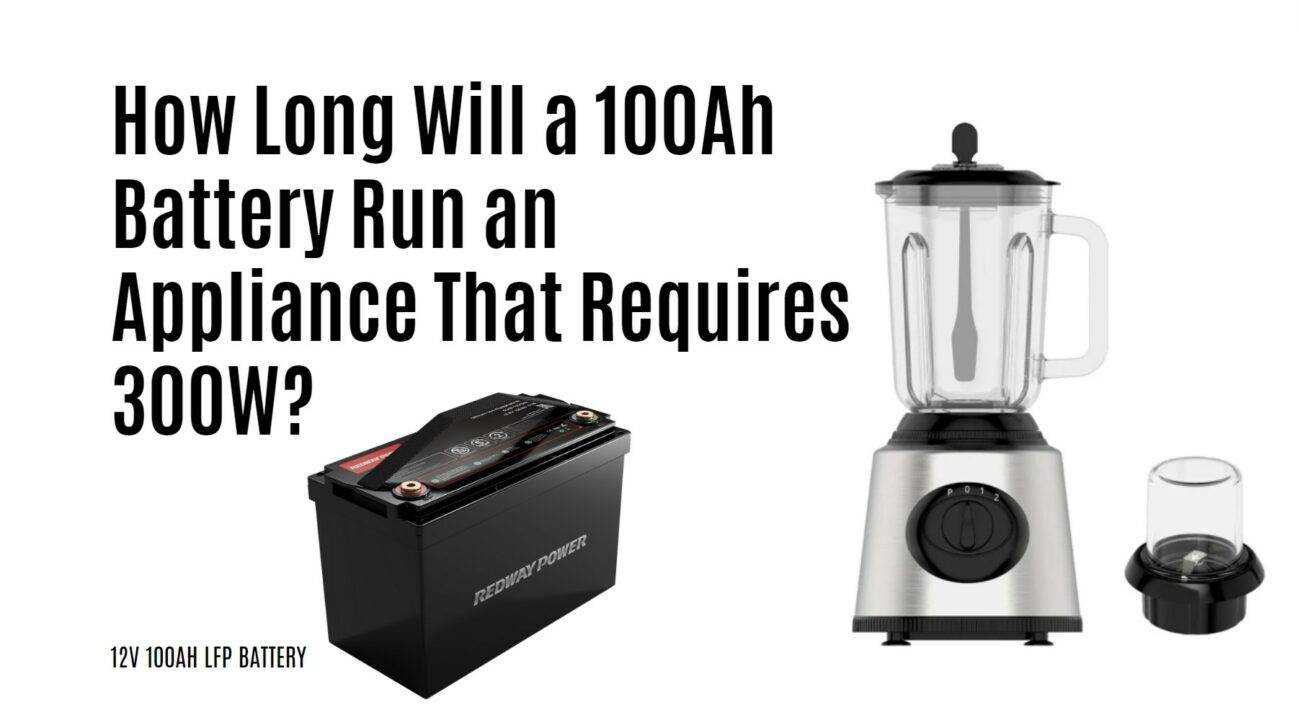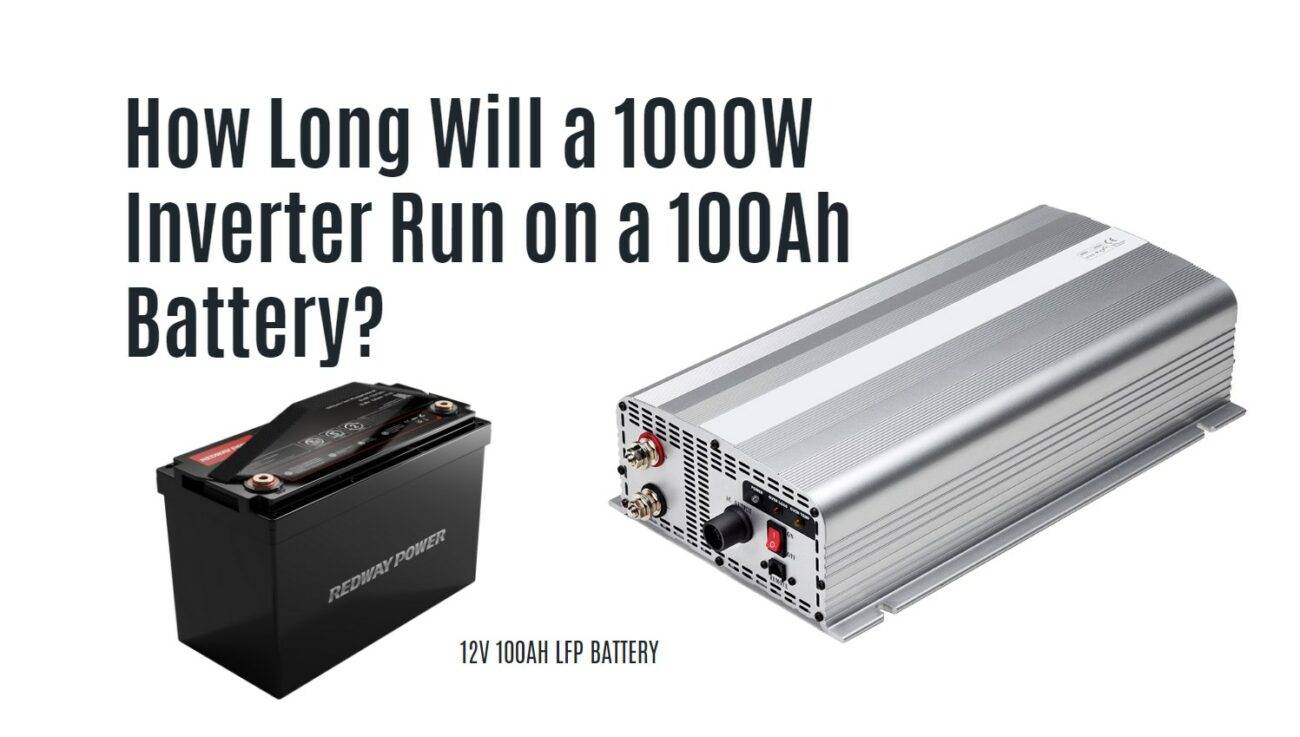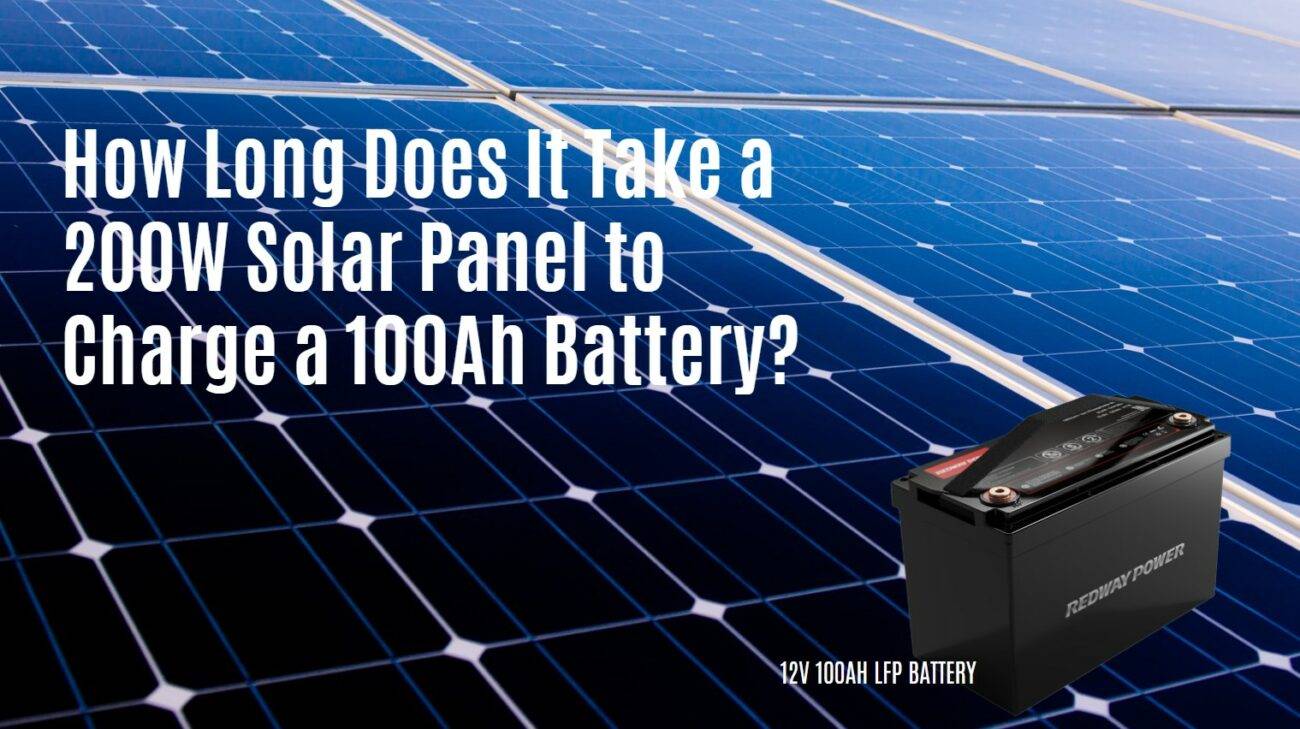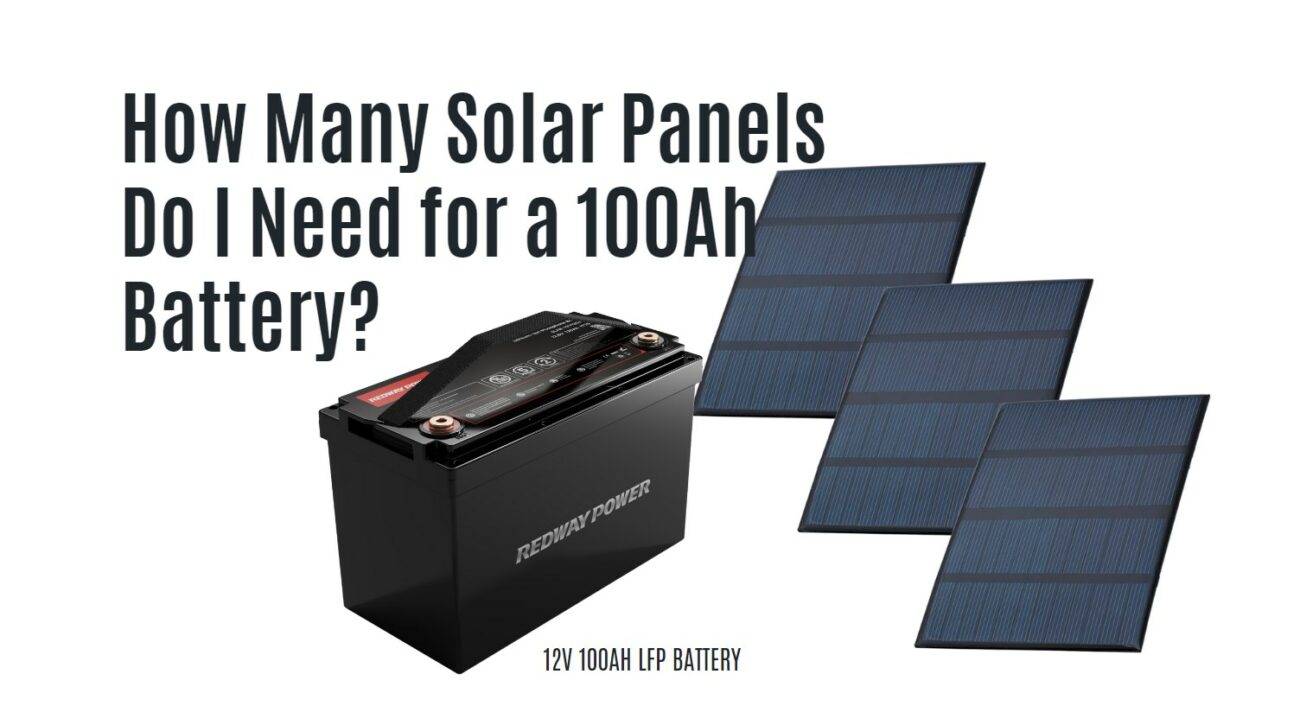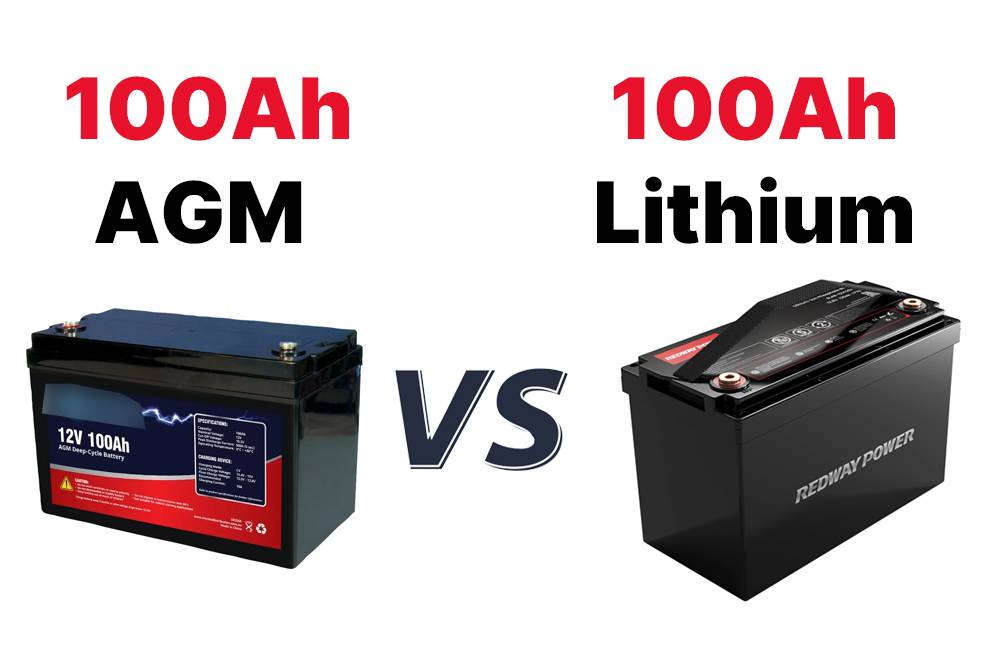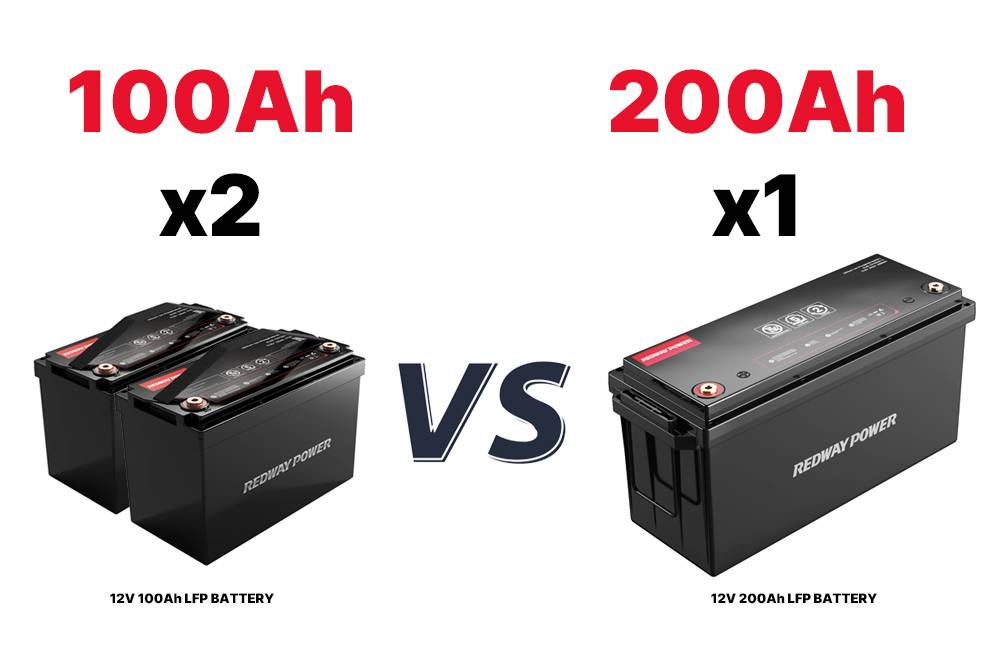- Rack-mounted Lithium Battery
- Golf Cart Lithium Battery
-
Golf Cart Lithium Battery
- 36V 50Ah (for Golf Carts)
- 36V 80Ah (for Golf Carts)
- 36V 100Ah (for Golf Carts)
- 48V 50Ah (for Golf Carts)
- 48V 100Ah (Discharge 100A for Golf Carts)
- 48V 100Ah (Discharge 150A for Golf Carts)
- 48V 100Ah (Discharge 200A for Golf Carts)
- 48V 120Ah (for Golf Carts)
- 48V 150Ah (for Golf Carts)
- 48V 160Ah (Discharge 100A for Golf Carts)
- 48V 160Ah (Discharge 160A for Golf Carts)
-
Golf Cart Lithium Battery
- Forklift Lithium Battery
- 12V Lithium Battery
- 24V Lithium Battery
- 36V Lithium Battery
- 48V Lithium Battery
-
48V LiFePO4 Battery
- 48V 50Ah
- 48V 50Ah (for Golf Carts)
- 48V 60Ah (8D)
- 48V 100Ah (8D)
- 48V 100Ah
- 48V 100Ah (Discharge 100A for Golf Carts)
- 48V 100Ah (Discharge 150A for Golf Carts)
- 48V 100Ah (Discharge 200A for Golf Carts)
- 48V 150Ah (for Golf Carts)
- 48V 160Ah (Discharge 100A for Golf Carts)
- 48V 160Ah (Discharge 160A for Golf Carts)
-
48V LiFePO4 Battery
- 60V Lithium Battery
-
60V LiFePO4 Battery
- 60V 20Ah
- 60V 30Ah
- 60V 50Ah
- 60V 50Ah (Small Size / Side Terminal)
- 60V 100Ah (for Electric Motocycle, Electric Scooter, LSV, AGV)
- 60V 100Ah (for Forklift, AGV, Electric Scooter, Sweeper)
- 60V 150Ah (E-Motocycle / E-Scooter / E-Tricycle / Tour LSV)
- 60V 200Ah (for Forklift, AGV, Electric Scooter, Sweeper)
-
60V LiFePO4 Battery
- 72V~96V Lithium Battery
- E-Bike Battery
- All-in-One Home-ESS
- Wall-mount Battery ESS
-
Home-ESS Lithium Battery PowerWall
- 24V 100Ah 2.4kWh PW24100-S PowerWall
- 48V 50Ah 2.4kWh PW4850-S PowerWall
- 48V 50Ah 2.56kWh PW5150-S PowerWall
- 48V 100Ah 5.12kWh PW51100-F PowerWall (IP65)
- 48V 100Ah 5.12kWh PW51100-S PowerWall
- 48V 100Ah 5.12kWh PW51100-H PowerWall
- 48V 200Ah 10kWh PW51200-H PowerWall
- 48V 300Ah 15kWh PW51300-H PowerWall
PowerWall 51.2V 100Ah LiFePO4 Lithium Battery
Highly popular in Asia and Eastern Europe.
CE Certification | Home-ESS -
Home-ESS Lithium Battery PowerWall
- Portable Power Stations
What charger do I need for a 100Ah battery?

When charging a 100Ah battery, it is recommended to use a charger with a maximum output of 10 Amps. This helps ensure a controlled and efficient charging process, preserving the longevity of the battery.
-
Charging Capacity:
When choosing a charger for a 100Ah battery, it’s important to consider the charging capacity. A charger with a maximum output of 10 Amps is generally recommended for a 100Ah battery. This ensures that the battery is charged at an appropriate rate, preventing overcharging and preserving its longevity. -
Battery Type and Voltage:
The charger requirements may vary depending on the type of battery and its voltage. It’s crucial to refer to the manufacturer’s recommendations and specifications for the specific battery model. Different battery chemistries, such as lead-acid or lithium-ion, may have specific charging requirements that need to be followed for optimal performance and safety. -
Manufacturer’s Recommendations:
To ensure the best charging experience and to avoid any potential damage to the battery, it’s always advisable to follow the manufacturer’s recommendations. They provide valuable information regarding the appropriate charger specifications, charging voltage, and charging time for the specific 100Ah battery model.
Table of Contents
ToggleUnderstanding Battery Capacity
Battery capacity refers to the total amount of electricity generated by electrochemical reactions in a battery and is measured in ampere-hours (Ah). It represents the maximum amount of charge a battery can provide under specific conditions. For example, a 5 Ah battery can deliver a constant discharge current of 5 amps for 1 hour. Understanding battery capacity is crucial in determining the energy storage capabilities of a battery.
-
Definition of Battery Capacity: Battery capacity refers to the total amount of electricity generated through electrochemical reactions in a battery. It is measured in ampere-hours (Ah) and represents the maximum amount of charge a battery can provide under specific conditions.
-
Ampere-Hour (Ah): Battery capacity is expressed in ampere-hours, indicating the amount of current a battery can deliver over a specific period. For example, a 5 Ah battery can provide a constant discharge current of 5 amps for 1 hour.
-
Energy Storage Capability: Battery capacity is crucial in determining the energy storage capabilities of a battery. Higher capacity batteries can store more energy and deliver power for a longer duration.
Battery capacity is the total amount of electricity generated by a battery through electrochemical reactions and is measured in ampere-hours (Ah). It represents the maximum charge a battery can provide under specific conditions. Understanding battery capacity helps in assessing the energy storage capabilities of a battery and determining its suitability for various applications.
Types of Chargers for 100Ah Batteries
A 100Ah battery typically requires a 30Amp charger to ensure optimal charging performance. This charger provides the appropriate charge current and voltage required for the battery. It’s crucial to consider the maximum charge voltage and maximum charge current specifications of the charger to ensure compatibility with the battery.
-
Charger Current: A 100Ah battery typically requires a 30Amp charger to provide the appropriate charge current for efficient charging.
-
Charger Voltage: The charger should have a maximum charge voltage that aligns with the battery’s specifications to ensure safe and optimal charging.
-
Compatibility: Consider the maximum charge current and voltage of the charger to ensure compatibility with the 100Ah battery.
To charge a 100Ah battery effectively, it’s recommended to use a 30Amp charger. This ensures that the charger provides the appropriate charge current and voltage for efficient charging. Consider the compatibility of the charger with the battery’s specifications to ensure safe and optimal charging performance.
Factors to Consider When Choosing a Charger
When selecting a charger for 100Ah batteries, consider the following factors: charger amperage, compatibility with battery chemistry, and charging voltage and current. As a rule of thumb, the charger should be 10% to 20% of the Ah rating of the battery. It’s important to keep the charger size within 30% of the total battery capacity to prevent overcharging.
-
Charger Amperage: The charger should have an amperage that is 10% to 20% of the Ah rating of the battery. For example, a 100Ah battery would require a minimum 10 Amp charger.
-
Compatibility with Battery Chemistry: Ensure that the charger is compatible with the specific chemistry of the battery to optimize charging performance and safety.
-
Charging Voltage and Current: Consider the appropriate charging voltage and current specifications recommended for the 100Ah battery to ensure efficient and effective charging.
-
Charger Size: Keep the charger size within 30% of the total battery capacity to prevent overcharging and maximize charging efficiency.
When choosing a charger for 100Ah batteries, it’s important to consider factors such as charger amperage, compatibility with battery chemistry, and charging voltage and current. Following the rule of thumb of selecting a charger that is 10% to 20% of the Ah rating of the battery helps ensure optimal charging performance. Additionally, keeping the charger size within 30% of the total battery capacity prevents overcharging.
Recommended Chargers for 100Ah Batteries
When selecting a charger for a 100Ah battery, it is recommended to choose a charger that is 10% to 20% of the battery’s Ah rating. For example, a 100Ah battery would require a minimum 10 Amp charger. This ensures efficient and effective charging. It is also important to consider the charger size and keep it within 30% of the battery’s total capacity to prevent overcharging.
-
Charger Amp Rating: Select a charger that is 10% to 20% of the Ah rating of the battery. For a 100Ah battery, a minimum 10 Amp charger is recommended.
-
Efficient Charging: Choosing a charger within the recommended amp range ensures efficient and effective charging, maximizing the battery’s performance.
-
Charger Size: Keep the charger size within 30% of the total battery capacity to prevent overcharging and maintain the battery’s lifespan.
To charge a 100Ah battery effectively, it is recommended to use a charger that is 10% to 20% of the battery’s Ah rating. This ensures efficient and effective charging. Additionally, keeping the charger size within 30% of the battery’s total capacity prevents overcharging and helps maintain the battery’s lifespan. Consider these factors when selecting a charger for your 100Ah battery to ensure optimal charging performance.
Care and Maintenance Tips for Your Battery and Charger
Proper care and maintenance of your battery and charger are essential for optimal performance. Keep the inside of your charger clean by removing dust build-up. Regularly inspect the DC tips and housing for wear and replace worn tips if necessary. Equalize the battery once a week. These practices help ensure the longevity and efficiency of your battery and charger.
-
Charger Cleaning: Keep the inside of the charger clean by removing dust build-up using an air compressor or low-pressure air vacuum.
-
Component Inspection: Regularly inspect the DC tips and housing for wear and replace worn tips if necessary. This helps maintain proper connectivity and charging efficiency.
-
Battery Equalization: Equalize the battery once a week to balance the charge among its cells and maximize its lifespan.
Taking care of your battery and charger is essential for optimal performance. Regularly clean the charger, inspect the components, and perform battery equalization to ensure longevity and efficiency. These practices help maintain the performance and extend the lifespan of your battery and charger.
Alternative Charging Options
Alternative charging options for various devices include charging via devices with a USB port, using power banks, car chargers, wireless chargers, solar chargers, and utilizing charging stations. These methods provide flexibility and convenience for charging on the go. It’s important to have the necessary cables and accessories to support these alternative charging methods.
-
Charging via USB Port: Devices with a USB port can serve as an alternative charging source, allowing you to connect your device and charge it using the available power.
-
Power Banks: Power banks are portable chargers that store energy and can be used to charge devices on the go, providing a convenient alternative when an electrical outlet is not available.
-
Car Chargers: Car chargers allow you to charge your devices while on the road, utilizing the power source from your vehicle’s cigarette lighter or USB port.
-
Wireless Chargers: Wireless chargers use induction technology to charge devices without the need for cables, offering a convenient and cable-free charging experience.
-
Solar Chargers: Solar chargers harness the power of sunlight to charge devices, making them an eco-friendly and portable alternative charging option, particularly in outdoor settings.
-
Charging Stations: Charging stations provide a centralized location for charging multiple devices simultaneously, making them a convenient option for public spaces or shared environments.
Alternative charging options offer flexibility and convenience for charging devices on the go. From charging via USB ports and utilizing power banks to car chargers, wireless chargers, solar chargers, and charging stations, there are various methods to choose from. It’s important to have the necessary cables and accessories to support these alternative charging methods, ensuring you can charge your devices whenever and wherever needed.














